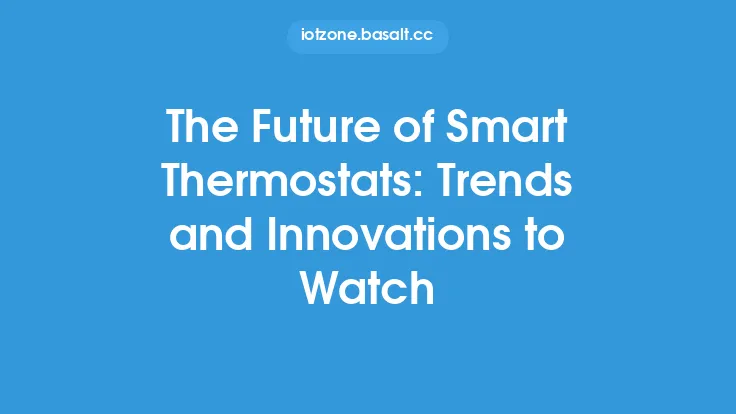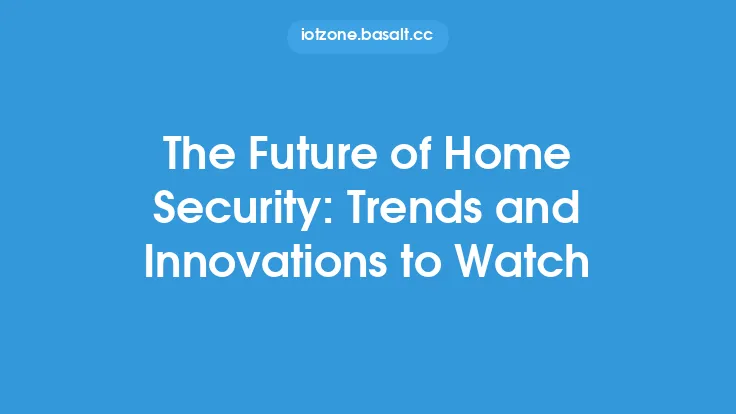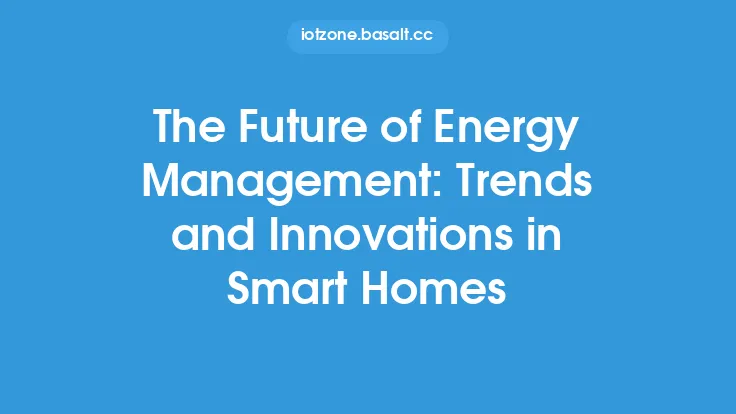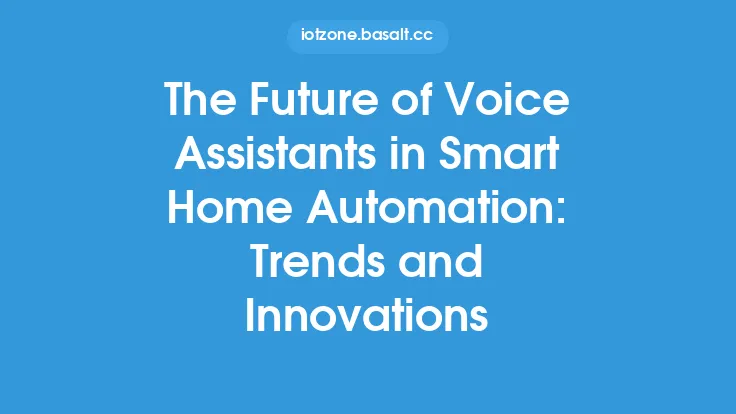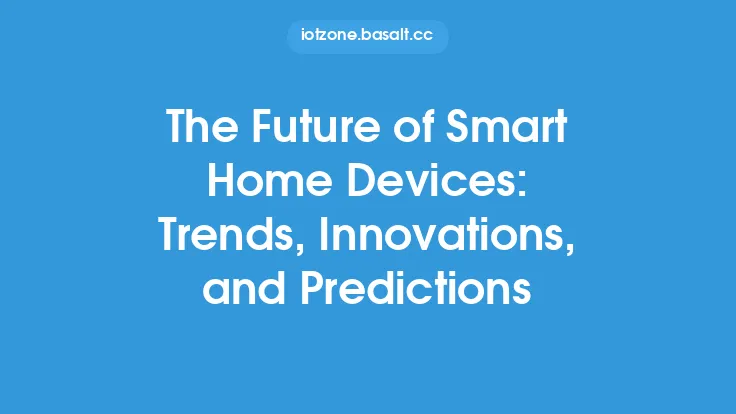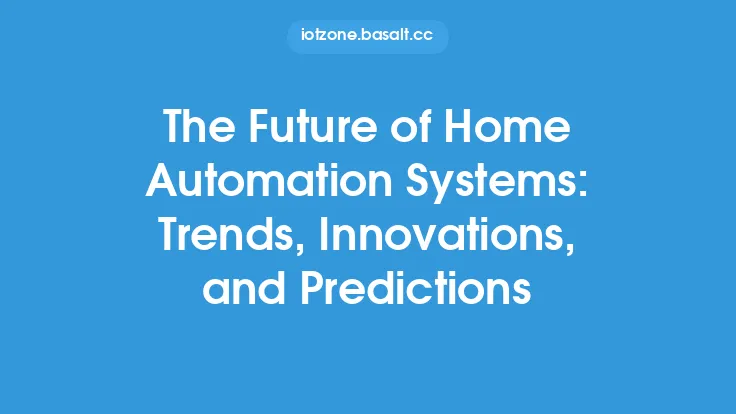The world of smart lighting is rapidly evolving, with new trends and innovations emerging every year. As technology advances, smart lighting systems are becoming more sophisticated, efficient, and integrated with other smart home devices. In this article, we will explore the future of smart lighting, highlighting the key trends and innovations that are shaping the industry.
Current State of Smart Lighting
Smart lighting has come a long way since its inception, with the market growing exponentially over the past decade. Today, smart lighting systems can be controlled remotely using smartphones, tablets, or voice assistants, allowing users to adjust lighting levels, color temperatures, and schedules with ease. The current state of smart lighting is characterized by the widespread adoption of wireless communication protocols such as Zigbee, Z-Wave, and Bluetooth, which enable seamless communication between devices. Additionally, the use of LED lighting has become ubiquitous, offering significant energy savings and a longer lifespan compared to traditional lighting sources.
Emerging Trends in Smart Lighting
Several emerging trends are expected to shape the future of smart lighting. One of the most significant trends is the integration of artificial intelligence (AI) and machine learning (ML) algorithms into smart lighting systems. These algorithms can learn a user's lighting preferences and adjust the lighting accordingly, creating a more personalized and automated experience. Another trend is the increasing use of Li-Fi technology, which uses light to transmit data, enabling faster and more secure communication between devices. Furthermore, the growth of the Internet of Things (IoT) is driving the development of smart lighting systems that can interact with other smart devices, such as thermostats, security cameras, and door locks.
Advancements in Lighting Technology
Recent advancements in lighting technology are also transforming the smart lighting landscape. The development of new LED technologies, such as quantum dot LEDs and micro-LEDs, is enabling the creation of more efficient, compact, and cost-effective lighting solutions. Additionally, the use of organic light-emitting diodes (OLEDs) is becoming more widespread, offering improved color accuracy, contrast, and viewing angles. Moreover, the introduction of laser-induced fluorescence (LIF) lighting is enabling the creation of ultra-efficient and compact lighting systems that can be powered using minimal energy.
Impact of 5G and Edge Computing on Smart Lighting
The rollout of 5G networks and the growth of edge computing are expected to have a significant impact on the smart lighting industry. With 5G, smart lighting systems will be able to communicate with the cloud and other devices in real-time, enabling faster and more reliable data transmission. Edge computing, on the other hand, will enable smart lighting systems to process data locally, reducing latency and improving overall system performance. This will enable the creation of more sophisticated smart lighting systems that can respond to changing environmental conditions and user preferences in real-time.
Human-Centric Lighting
Human-centric lighting is another trend that is gaining traction in the smart lighting industry. This approach focuses on creating lighting systems that are designed to support human health, well-being, and productivity. Human-centric lighting systems use specialized lighting spectra and intensities to simulate natural daylight, which can help regulate the body's circadian rhythms and improve overall health. Additionally, these systems can be designed to adapt to different activities and tasks, such as reading, working, or relaxing, creating a more comfortable and productive environment.
Security and Privacy Concerns
As smart lighting systems become more connected and integrated with other smart devices, security and privacy concerns are becoming increasingly important. Smart lighting systems can be vulnerable to hacking and data breaches, which can compromise user privacy and security. To address these concerns, manufacturers are implementing robust security protocols, such as encryption and secure authentication, to protect user data and prevent unauthorized access. Additionally, users can take steps to secure their smart lighting systems, such as changing default passwords and keeping software up to date.
Future Outlook
The future of smart lighting is exciting and rapidly evolving. As technology continues to advance, we can expect to see even more sophisticated and integrated smart lighting systems that can learn and adapt to user preferences. The growth of the IoT and the increasing use of AI and ML algorithms will enable the creation of more automated and personalized lighting experiences. Additionally, the development of new lighting technologies, such as LIF and OLEDs, will enable the creation of more efficient, compact, and cost-effective lighting solutions. As the smart lighting industry continues to grow and evolve, we can expect to see significant advancements in the years to come.
